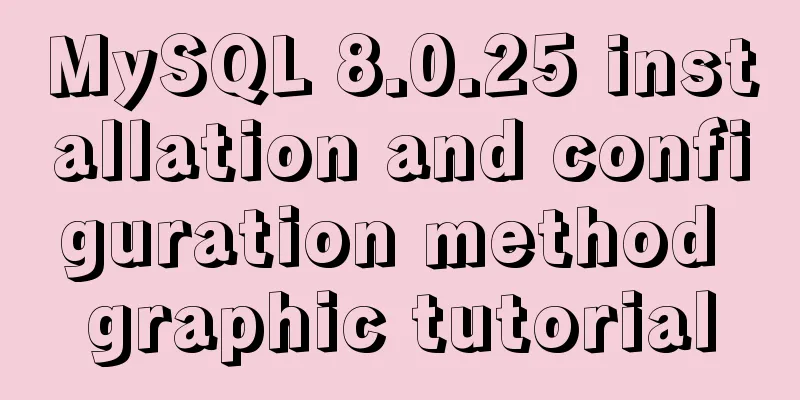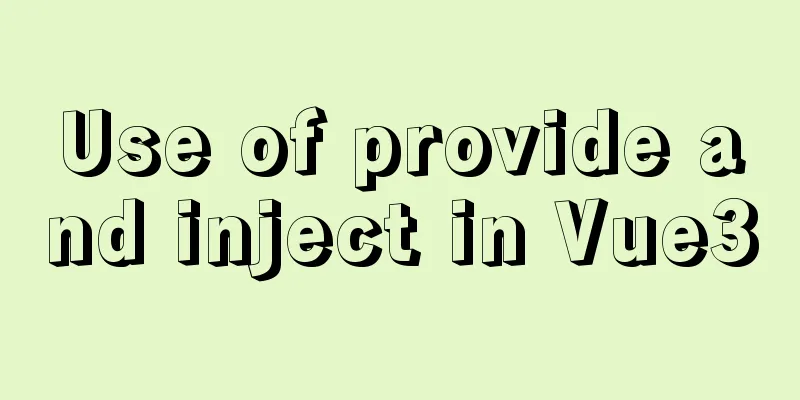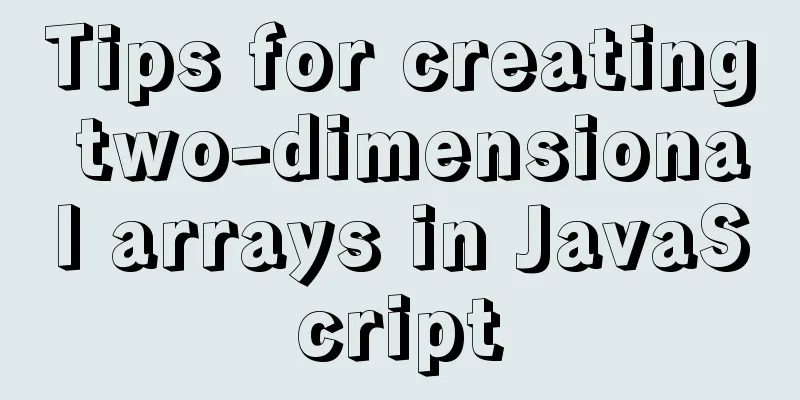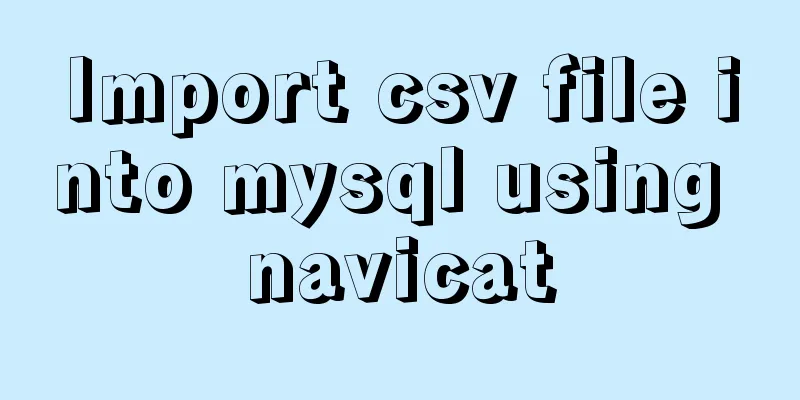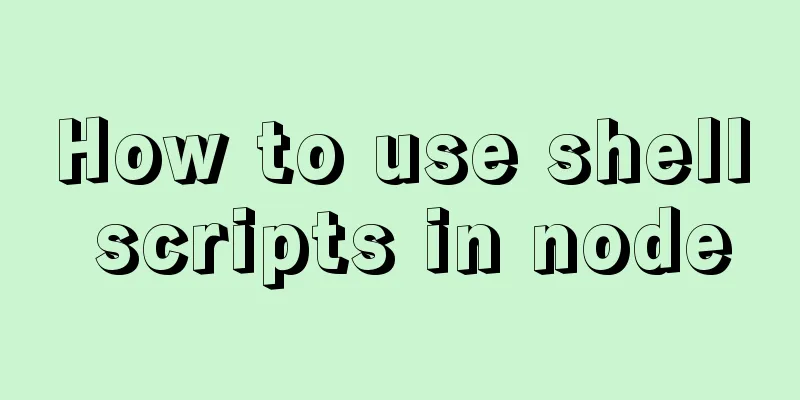Detailed explanation of value transfer between parent and child components in Vue3
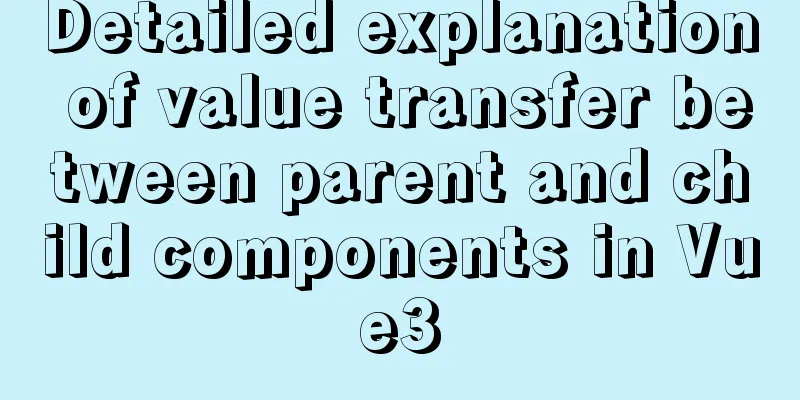
|
It has been a long time since the birth of vue3, and the author has only recently started learning vue3. Compared with vue2, vue3 has undergone significant changes in writing. The most typical example is that vue3 implements data responsiveness through ref or reactive. Because of the emergence of ref and reactive, the way of passing values between parent and child components in Vue3 has also changed. Let's first look at how to write it in vue2 Parent component:
<!-- Parent component -->
<template>
<div>
<children :title="title" @getChildren="getChildren"></children>
<div>Child component says: {{ childrenAsk }}</div>
</div>
</template>
<script>
import children from "./children.vue"
export default {
data() {
return {
title: "I am the value passed from the parent component",
childrenAsk: ""
}
},
methods: {
getChildren(val) {
this.childrenAsk = val
}
}
}
</script>Subcomponents:
<!-- Child Component -->
<template>
<div>
<div>Value passed from the parent component: {{ title }}</div>
<button @click="askToFather">Click to send to the parent component</button>
</div>
</template>
<script>
export default {
props: {
title:
type: String
}
},
data() {
return {
askMsg: "This is what I said to the parent component"
}
},
methods: {
askToFather() {
this.$emit("getChildren", this.askMsg)
}
}
}
</script>In vue2, the value transfer from the child component to the parent component is implemented through this.$emit, but in vue3, this does not exist. In vue3, both data and functions are encapsulated in setup, so how does vue3 implement it? We know that setup in vue3 receives two parameters. The first parameter is props, which is the props value passed from the parent component to the child component. The second value is context, which represents the current context object. Now that we know this, we can implement the parent-child component value transfer of vue3. The parent-child inheritance in Vue3 is the same as the parent-child inheritance in Vue2. I will not elaborate on it again. The focus below is on the child-parent inheritance in Vue3. Parent Component
<template>
<div style="color: aqua">Parent component</div>
<div>The child component says to me: {{ children_msg }}</div>
<children :title="msg" @listen="listenToChildren"></children>
{{ value }}
</template>
<script lang="ts">
import children from "@/views/component_emit/children.vue"
import { defineComponent, ref } from "vue"
export default defineComponent({
components:
children,
},
name: "father",
setup() {
let msg = "I am the parent component"
let children_msg = ref("") // The function of ref is to implement responsiveness. If there is no ref, responsiveness cannot be implemented (reference data types use reactive)
let listenToChildren = (val) => {
children_msg.value = val // To use data wrapped by ref, you need to access its value in the form of .value}
return {
msg,
children_msg,
listenToChildren,
}
},
})
</script>
<style></style>Subcomponents:
<template>
<div style="color: brown">Subcomponents</div>
<!-- The method of parent-child transmission is the same as vue2-->
<div>The value passed from the parent component is: {{ title }}</div>
<button @click="sayToFather">Speak to the parent component</button>
</template>
<script lang="ts">
import { defineComponent } from "vue"
export default defineComponent({
name: "children",
props: {
title:
type: String,
},
},
setup(props, context) {
// The purpose of context is to obtain the context object.
// If setup is written as setup(props, { emit }), the following context can be omitted const sayToFather = () => {
const ask = "I am a child component, I talk to the parent component"
context.emit("listen", ask)
}
return {
sayToFather,
}
},
})
</script>
<style></style> SummarizeThis article ends here. I hope it can be helpful to you. I also hope you can pay more attention to more content on 123WORDPRESS.COM! You may also be interested in:
|
Recommend
Solve the problem that MySQL read-write separation causes data not to be selected after insert
MySQL sets up independent writing separation. If ...
CentOS uses local yum source to build LAMP environment graphic tutorial
This article describes how to use the local yum s...
Summary of several APIs or tips in HTML5 that cannot be missed
In previous blog posts, I have been focusing on so...
Summary of the most commonly used knowledge points about ES6 new features
Table of contents 1. Keywords 2. Deconstruction 3...
Use of MySQL official export tool mysqlpump
Table of contents Introduction Instructions Actua...
Solve the problem of running node process in Linux system but unable to kill the process
Let me first introduce to you that the node proce...
Practice of dynamically creating dialog according to file name in vue+el-element
Table of contents background accomplish 1. Encaps...
HTML code analysis of text conversion effects for left and right movement
<div align="center"> <table sty...
Vue binding object, array data cannot be dynamically rendered case detailed explanation
Project scenario: Dark Horse Vue project manageme...
Testing of hyperlink opening target
The target attribute of a link determines where th...
Analysis of the pros and cons of fixed, fluid, and flexible web page layouts
There is a question that has troubled web designe...
How to forget the password of Jenkins in Linux
1.Jenkins installation steps: https://www.jb51.ne...
Implement a simple data response system
Table of contents 1. Dep 2. Understand obverser 3...
SQL fuzzy query report: ORA-00909: invalid number of parameters solution
When using Oracle database for fuzzy query, The c...
A brief analysis of CSS3 using text-overflow to solve text layout problems
Basic syntax The use of text-overflow requires th...
